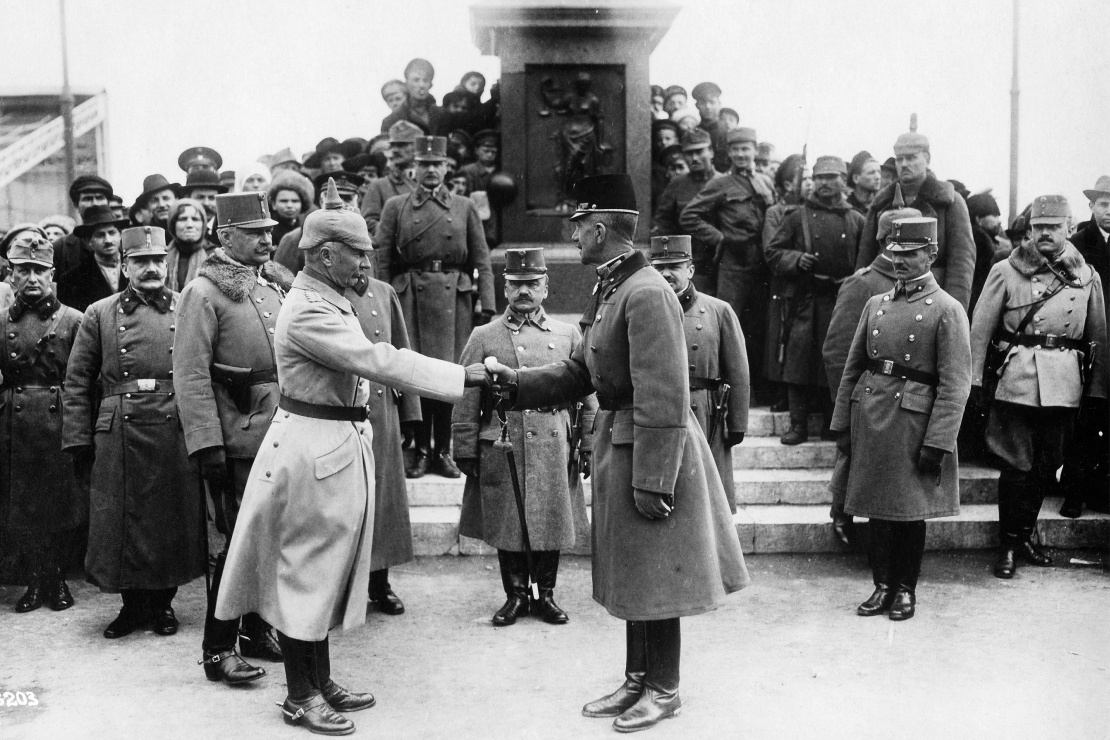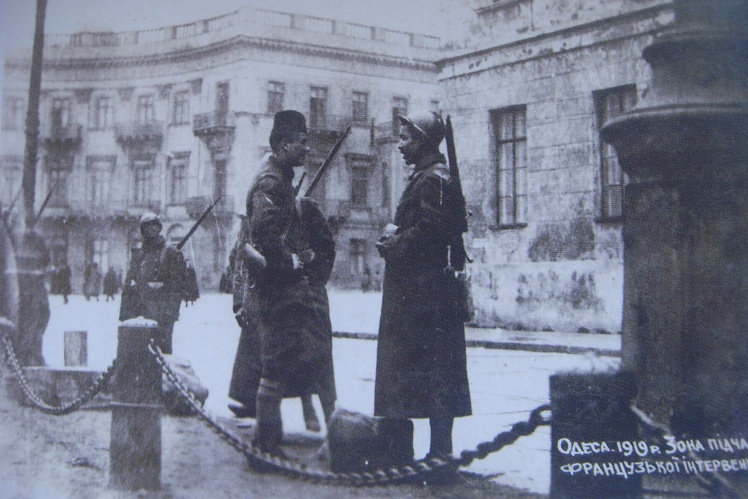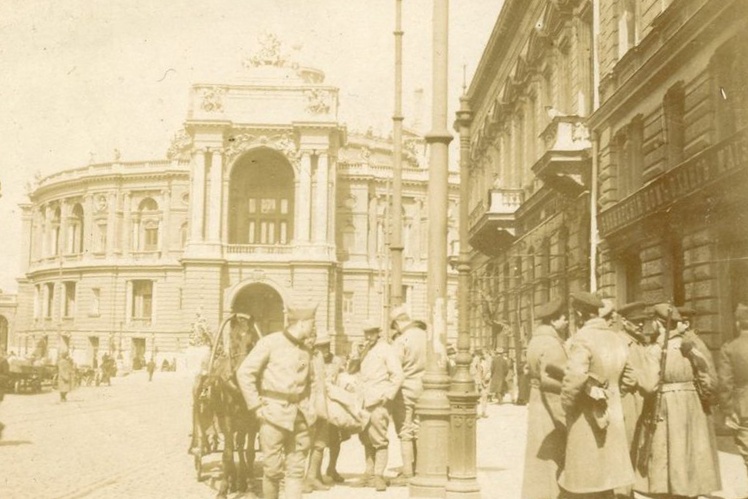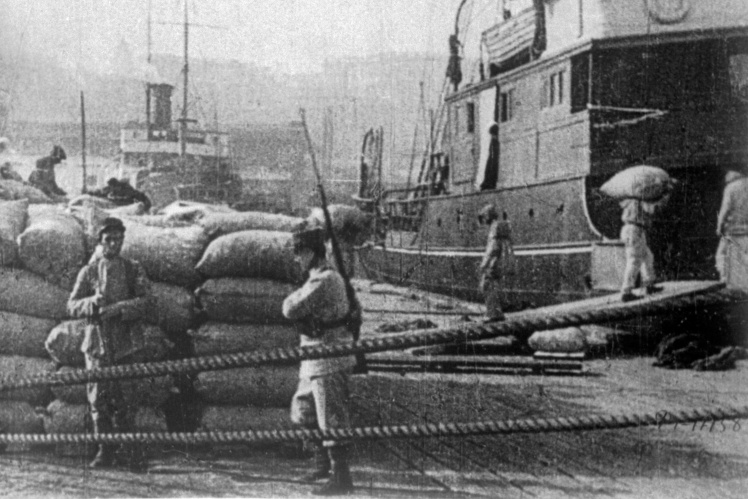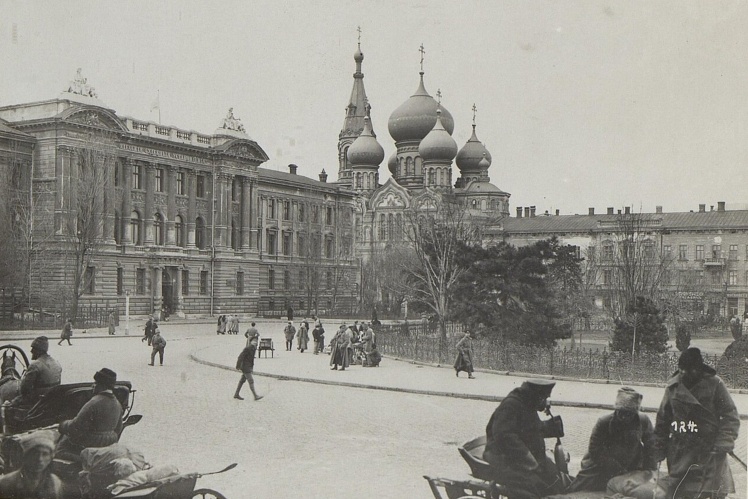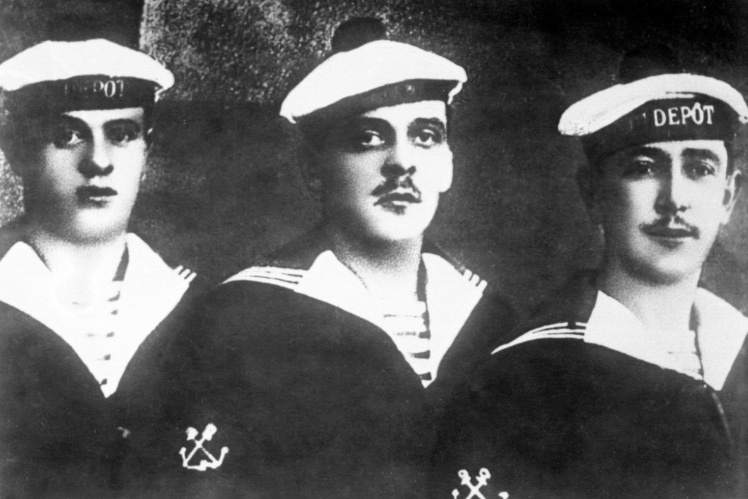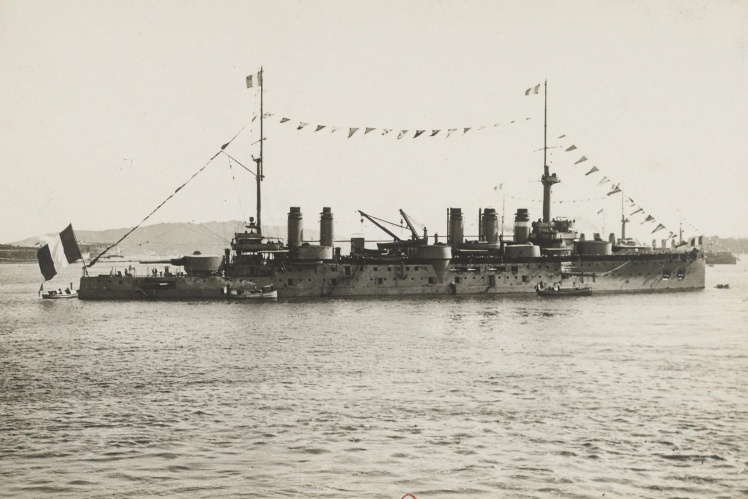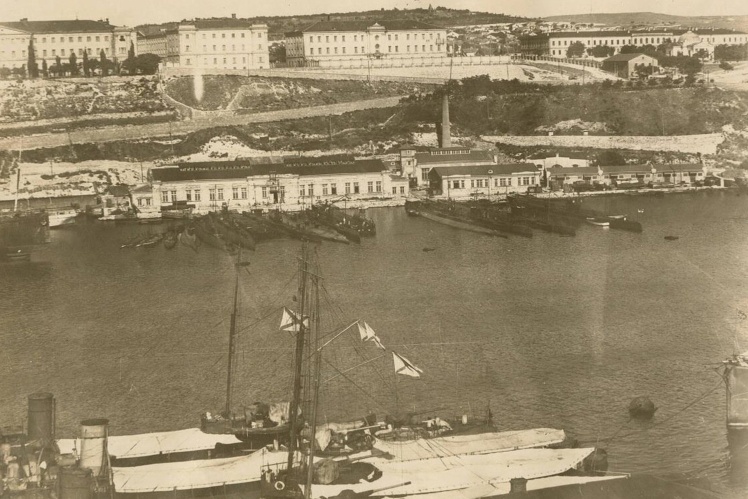Brief historical context
In 1917, against the background of the First World War, the Russian Empire collapsed. First, after the February Revolution, the monarchy was abolished. Then, in October, the Bolsheviks staged a coup and actually started a civil war. Then, the various nations that were part of the empire, including the Ukrainian one, began to fight for their national states.
The other participants of the First World War — the Quadruple Alliance and the Entente — did not remain aloof. It was profitable for the first to weaken their adversary, the Russian Empire, so they went to negotiations with the Bolsheviks and the leadership of the Ukrainian Peopleʼs Republic. In February 1918, the Treaty of Brest-Litovsk was concluded, under the terms of which Poland, the Baltic States, Ukraine, and Transcaucasia were occupied by the troops of the Quadruple Alliance.
On the contrary, the Entente tried to keep its ally Russia, at least in the form of a federation. And also — to prevent the "export of the Bolshevik revolution" to Central and Western Europe. Therefore, in December 1917, the Entente and the Allied Powers divided the territories of the former Russian Empire into spheres of influence: Britain got the North and the Caucasus, France got Ukraine and the Crimea, Japan and the United States got the Far East. After the defeat of the Quadruple Alliance in the First World War in November 1918, it was the French who had to replace the Austrian-German troops on the Ukrainian territories. And France began its intervention with landings in large Black Sea cities, one of which was Odesa.
In March 1918, Austrian troops entered Odesa and eliminated the Odesa Soviet Republic, which the Bolsheviks managed to organize in February. In the photo: Field Marshal of the Austro-Hungarian Army Baron Eduard von Böhm-Ermolli (right) in Odesa, March 1918.
Getty Images / «Babel'»
After capitulation in the First World War in November 1918, Austrian troops began to withdraw from Ukraine. Odesa came under the control of the troops of Hetman Pavlo Skoropadskyi. In the photo: Austrian artillery on Velyka Arnautska street in Odesa, 1918.
At the beginning of December 1918, a French squadron led by the cruiser Mirabeau arrived in Odesa. The French expected to negotiate with Skoropadsky to land in Odesa, then go to Kyiv, and from there "finish the Bolsheviks in Moscow." But by then, the Hetmanʼs regime had fallen, and the army of Simon Petliuraʼs UPR Directorate entered the city. In the photo: the battleship Mirabeau of the French Navy, which was part of the squadron near the coast of Odesa in December 1918.
Getty Images / «Babel'»
After the ultimatum of the French command, on December 18, 1918, the troops of the UPR Directorate left the city because Petliura did not want to quarrel with the Entente. After that, the French announced that they were taking Odesa and the Odesa district "under the protection of France." In the photo: Unloading of French military equipment in the port of Odesa, 1918. By the end of December, about 15,000 French soldiers arrived in Odesa; among them were Senegalese, Moroccan, and Algerian soldiers from French colonies in Africa. In the photo: A checkpoint of French troops in Odesa on Mykolayivsky (now Primorsky) boulevard, the beginning of 1919.
Wikimedia
In addition to the French, Polish, Romanian, Serbian, Greek, and British military battalions entered Odesa. In the photo: Odesa during the French intervention, March 1919. In the photo: Loading of wheat on French ships in the port of Odesa, February-March 1919.
Wikimedia
The Entente fleet entered the Black and Azov seas, and its troops, in addition to Odesa, occupied Sevastopol, Feodosia, Yevpatoria, Yalta, Kerch, Simferopol, Kherson, and Mykolaiv. This was not to the liking of Nykyfor Grigoryev, the Kherson chieftain of the Ukrainian Peopleʼs Republic, who, together with his soldiers, went over to the side of the Bolsheviks. In the photo: Officers of the British military mission in the south of Ukraine on a French Renault tank, 1919.
The French tried to create authorities from the local population. But it was difficult for them to understand who was fighting whom and why. At first, they tried to come to an agreement with the White Guard leader Anton Denikin, who, unlike Petliura, was comfortable with the idea of restoring a "united and indivisible Russia". In the photo: Renault tanks, French soldiers, civilians and White Guards in the area of Oleksiivska Square in Odesa, 1919.
Wikimedia
Denikin was considered an English creature, and the French did not like it. Therefore, at the beginning of 1919, General Philip Anselm came to Odesa, and headed the headquarters of the command and took all the power into his hands. In the photo: General Anselm with his son in Odesa, 1919.
During the French intervention, life in Odessa stabilized a little; shops, restaurants, and theaters opened. Counting on French protection, industrialists, bankers, and other wealthiest people of the collapsed Russian Empire flocked to the city. In the photo: View of the Odesa Opera House from the side of Richelievska Street, 1918. In the photo: Panteleimonivska Street in the historical center of Odesa, 1918.
Getty Images / «Babel'»
At that time, films began to be shot again in Odesa, and French film connoisseurs admired the Ukrainian silent film actress Vira Kholodna. In the photo: Vira Kholodna, 1917.
Getty Images / «Babel'»
The command constantly postponed the march to Moscow, and the French soldiers did not burn with the desire to fight in an unclear place and for an unclear reason, especially after the end of the First World War. Therefore, riots broke out among French sailors who listened to Bolshevik propaganda. In the photo: French sailors of the battleship "Voltaire", convicted of mutiny, 1919. In the photo: Battleship of the French Navy "Voltaire", which was part of the squadron near the shores of the Ukrainian Black Sea and Crimea in 1918-1919.
Getty Images / «Babel'»
Disillusioned with Denikin, the French began negotiations with the Directorate and even agreed to recognize the UPR in exchange for a joint effort to fight against the Bolsheviks. But it was already too late — the Reds and Chieftain Grigoryev, who went over to their side, were approaching the city. At the end of March 1919, at a Paris conference, the Entente members decided to cancel the intervention. On April 2, the French command announced an urgent evacuation from Odesa. In the photo: Townspeople on Mykolayivskyi Boulevard watch the evacuation of French troops from Odesa, April 1919.
During the First World War, France was one of Russia's main creditors. Retreating from Odessa, the French tried to take everything valuable. So they took a part of the ships of the White Guard fleet stationed in Odesa. In the photo: French ships during the evacuation from Odesa, April 1919. In the photo: Battleships in Odesa port, 1918.
Wikimedia
In the photo: Residents of Odesa, who fled the city before the arrival of the Red Army, in a camp at the mouth of the Dniester waiting to board French military barges, April 1919.
Getty Images / «Babel'»
On April 6, units of the Red Army led by Grigoryev, who boasted that he had personally defeated the French, entered Odesa. But already in May 1919, he led an uprising against the Bolshevik government in Ukraine. After the defeat, he tried to unite with Nestor Makhno but was killed by the Makhnovists. In the photo: Soviet demonstration in Odesa after the evacuation of French troops, April 1919.
Wikimedia
In August 1919, the White Guards knocked the Reds out of Odesa. Soviet power was finally established in Odesa in February 1920. In the photo: Equipment left by the French on Duma Square in Odesa after the evacuation, April 1919.
We do not count on the help of the Entente — only on your donation: 🔸 in hryvnia , 🔸 in cryptocurrency , 🔸 Patreon , 🔸 PayPal: [email protected].
